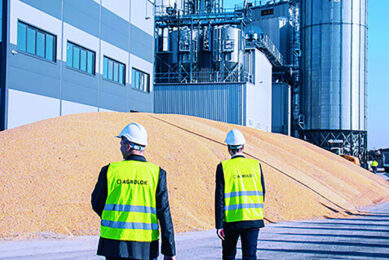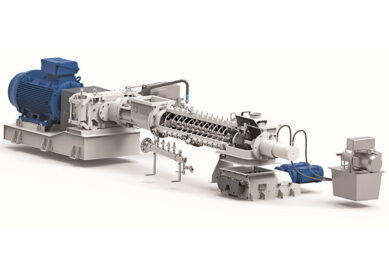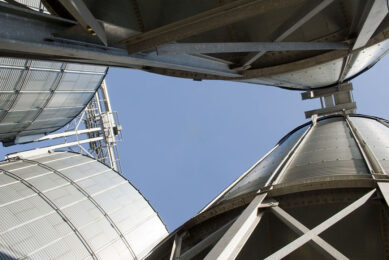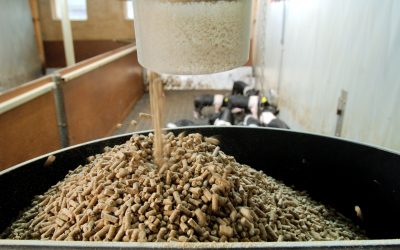The rise of smart livestock feeding
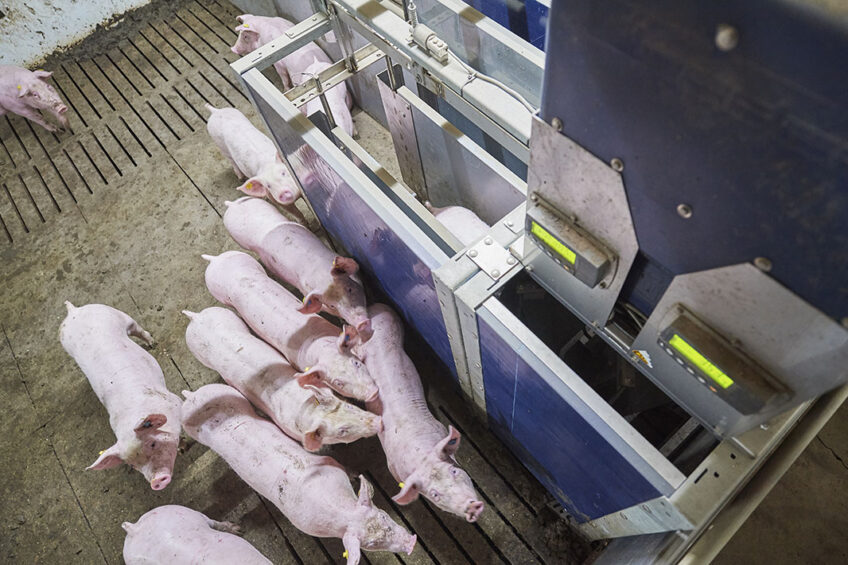
Smart livestock feeding is all about continuous monitoring and controlling feeding processes. It’s the way forward for farmers who wish to optimise diets, welfare and costs.
The increased demand for animal products − as well as higher standards of sustainability and animal welfare − puts the individual animal even more in focus. Smart livestock feeding is a logical result of this. This approach is based on accurate determination of the available nutrients in feed ingredients, precise diet formulation, and meeting the nutrient needs of an individual or group of animals in real time in order to maximise nutrient utilisation without loss of performance. Dr Candido Pomar from the Agriculture and Agri-Food Canada (AAFC) said at the 2020 Animal Nutrition Conference of Canada that using smart livestock feeding can reduce protein intake by 25%, nitrogen excretion into the environment by 40%, while increasing profitability by nearly 10%.
Advantages for farmer and animal
Smart livestock feeding represents a breakthrough in livestock nutrition and is one of the most promising ways to promote safe, high-quality animal products such as meat and milk, high animal welfare, and minimal impact on the environment. Smart livestock feeding systems control the entire feeding process of livestock and make it possible to feed animals in line with their needs.
It allows real-time off-farm monitoring and intelligent management of feeds and animals thus:
- reduces costs,
- improves economic efficiency,
- reduces labour requirements,
- saves time and feed,
- keeps animals in great condition,
- reduces environmental and health stressors,
- cuts antibiotic use,
- increases feed efficiency, and
- keeps animals highly productive with less metabolic stress.
Implementation
Implementation of smart livestock feeding systems in commercial farms requires continuous automatic data collection, data processing, and production system control.
Data collection
Automatic continuous measurement of physical parameters such as:
- feed intake,
- body weight,
- body composition,
- physical activity,
- interactions among animals
This will allow more precise estimation of nutrient requirements and real-time feed monitoring. Based on the physical parameter type to be measured, a variety of different sensors can be designed and implemented.
Data processing
The data collected needs to be processed according to the farm production objectives. To control nutrient intake in animals fed ad libitum, the feed composition needs to vary. Therefore, both between-animal variation and time-dependent nutrient requirement variation can be controlled. But in animals that are offered feed restrictively, the amount and composition of the feed can be easily controlled. In the next step, mathematical models designed to operate in real time using real-time system measurements are used for data processing in smart livestock feeding.
Production system control
The information collected and processed is used to control the on-farm production system. In the context of smart livestock feeding, automatic feeders are used to provide individual animals with the right amount and composition of the feed at a given time. Each animal wears a unique radio frequency identification device tag that identifies it at the feeder. Then the automatic feeder dispenses the exact amount of feed needed for each animal. Animals tend to leave the feeder trough empty or leave very small amounts of feed after each visit, thus ensuring that each individual receives the assigned amount of blended feed. The weighing components record the animals’ weight as they feed. Additionally, feed density needs to be measured weekly and this information will be used to convert feed volumes to feed weights. Finally, all the data can be analysed for making real-time management decisions.
Keys to success
Successful development and adoption of smart livestock feeding systems depends on several factors.
- There is a critical need for cooperation and the involvement of experts and stakeholders in the development and implementation of smart livestock feeding (i.e., researchers, engineers, technology suppliers, economists, farmers, and consumers).
- With the rapid advancement in sensor development, more focus needs to be on data interpretation and control mechanisms.
- Appropriate deployment of smart livestock feeding systems and training, service and support for farmers should be accessible to facilitate farmer acceptance and the adoption of smart livestock feeding systems.
- Education for consumers should be available to help them appreciate controlled and sustainable animal-centric livestock production. Training success depends on the complexity of the system installed on the farm and the training of the end user.
Future perspectives
Advancement in smart livestock feeding requires the development of new nutritional concepts and mathematical models to estimate individual animal nutrient requirements in real time. Moreover, it is necessary to improve our understanding of individual animal metabolic processes. In addition, the development of integrated user-friendly systems and end-user training is imperative. Further developments will also include new knowledge concerning the genetic capability of animals to efficiently use nutrients and integrate them in the daily estimation of individual animals’ optimal nutrient requirements, the interaction between feeding patterns, diet composition, and the digestive and metabolic dynamic availability of dietary nutrients. Further research is required to address these issues. And with that, smart livestock feeding can and will become an key component in production optimisation on the farm, influencing the decision-making of both farmers and advisors as well as the optimisation and transparency of the full production chain.




